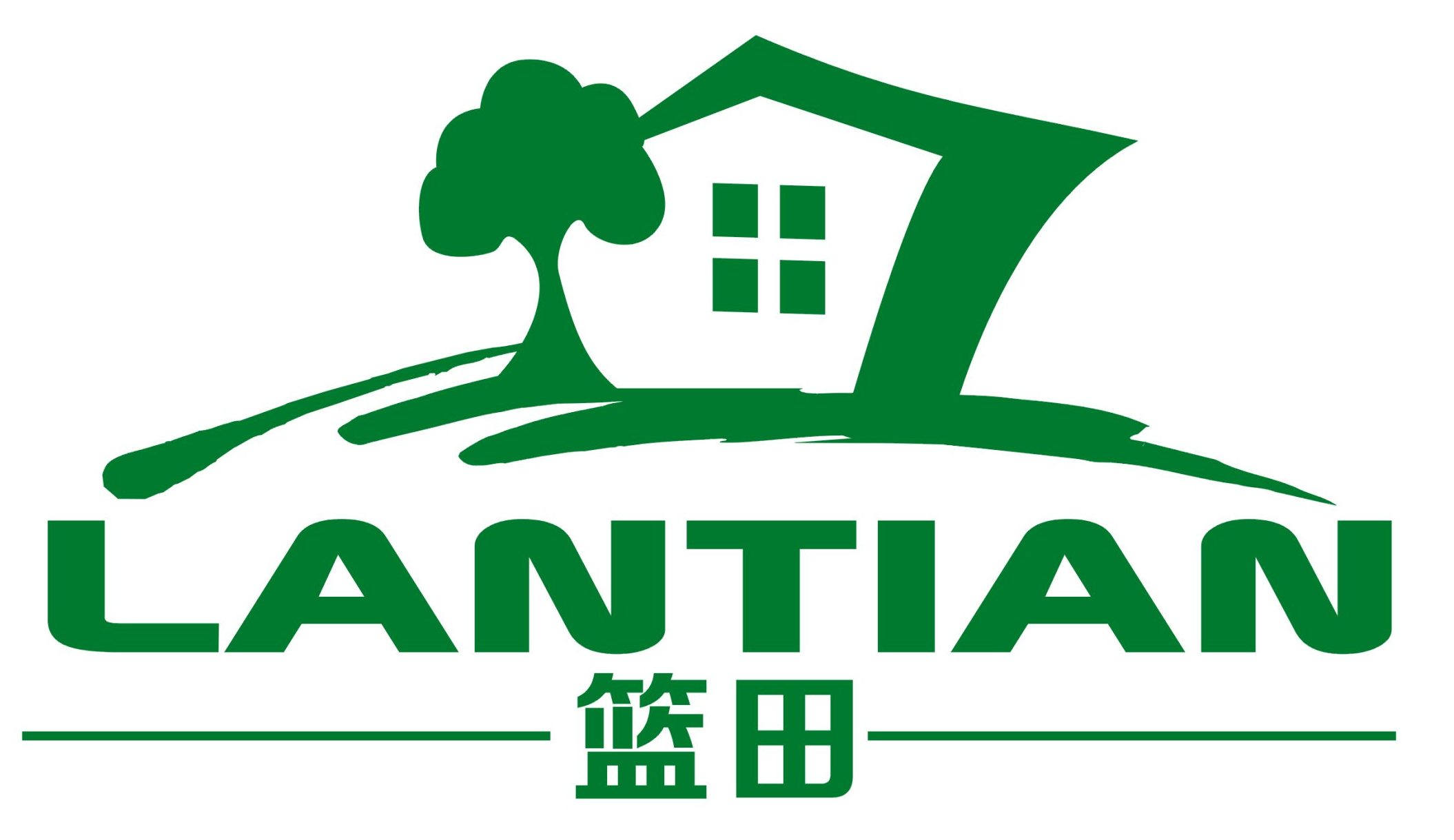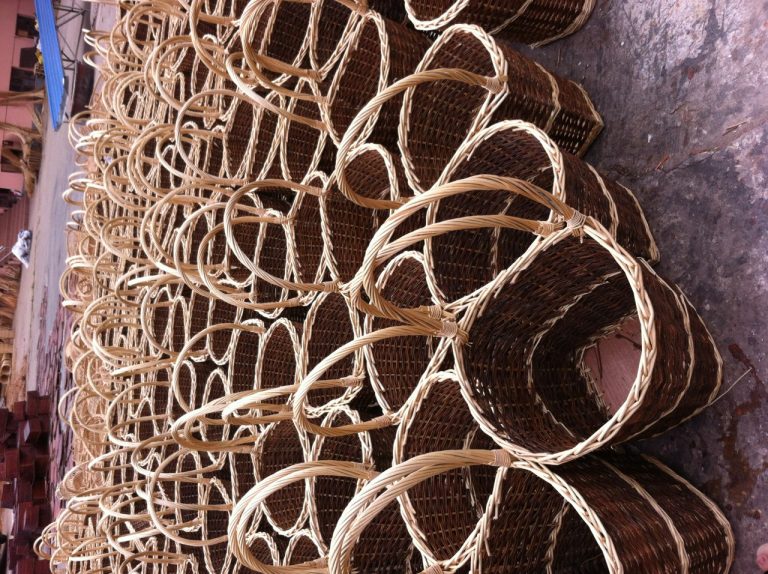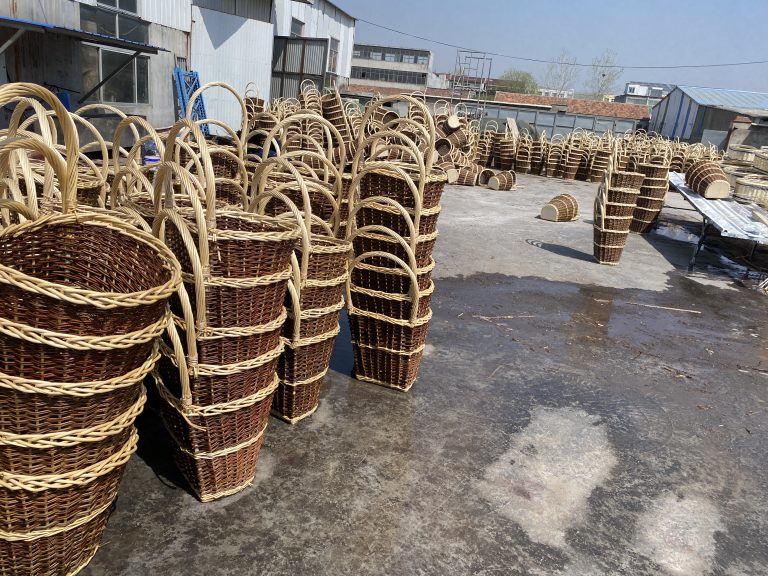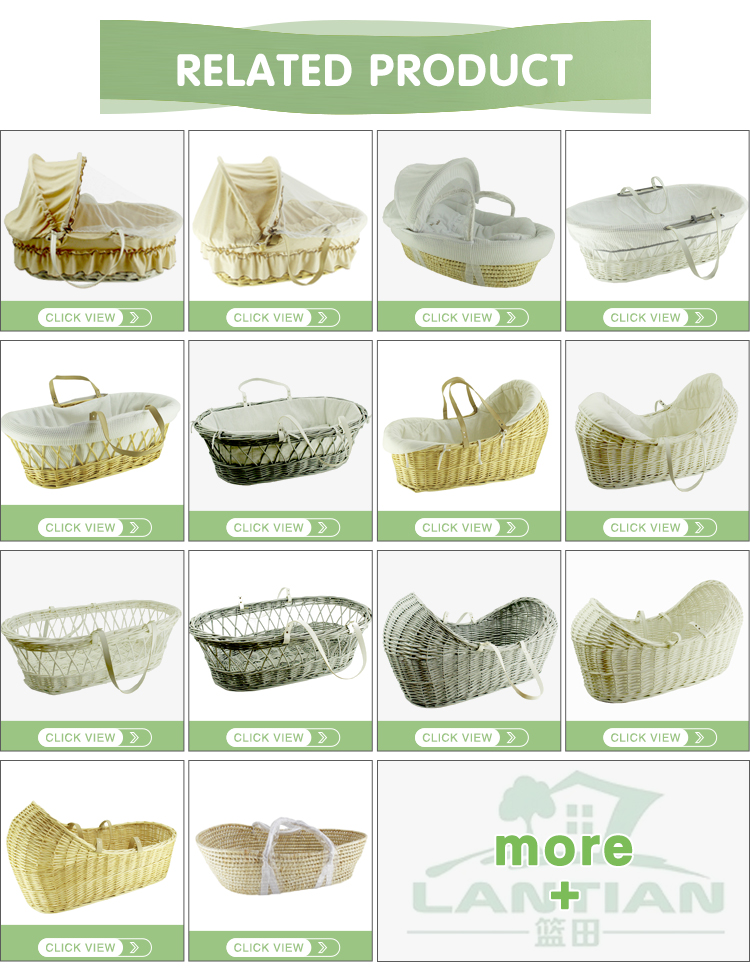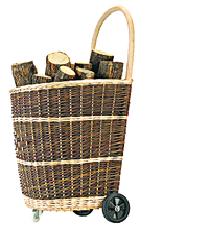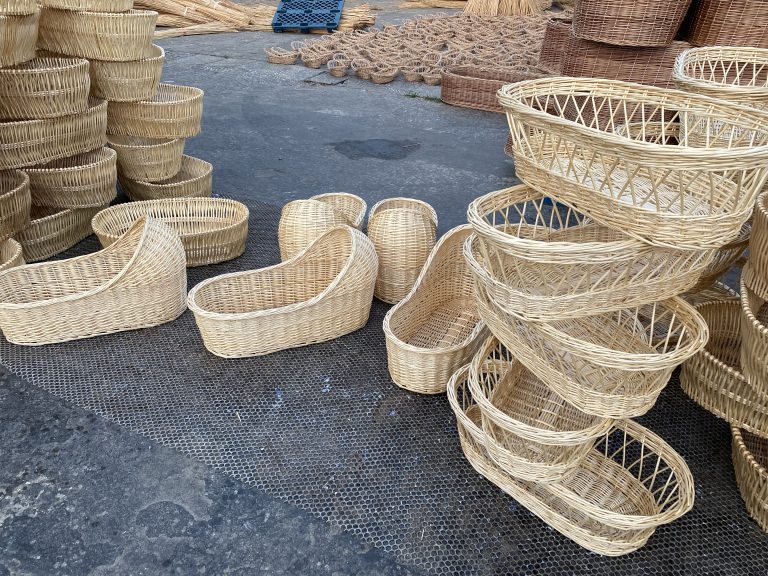In the heart of Shandong Province, where the Yellow River meets the sea, a quiet revolution unfolds among the slender branches of the willow tree. Linyi’s ancient willow groves, nurtured for millennia, are not mere vestiges of the past but living engines of cultural preservation, ecological resilience, and economic innovation—a microcosm of humanity’s entanglement with nature.
Cultural Symphony: From Poetic Symbol to Global Icon
In China, the willow (liǔ) is more than a tree; it is a linguistic and emotional cipher. Its name echoes liú (“to stay”), weaving itself into verses of unspoken farewells and eternal bonds. The Qingyun willow of Linyi, cultivated for over 800 years, embodies this duality. Its pliable branches, once used for humble baskets, now morph into avant-garde art installations displayed at Shanghai’s Design Week, bridging Tang Dynasty aesthetics with 21st-century minimalism.
This cultural metamorphosis mirrors global parallels. Europe’s “weeping willow ” (Salix babylonica), transplanted from China via the Silk Road, became a Romantic-era muse for poets like Keats. Today, Linyi’s artisans collaborate with Dutch designers to create hybrid furniture blending Chinese lattice patterns with Scandinavian functionality, shipped to 40+ countries—a testament to willow ’s role as a cultural translator.
Ecological Guardians: Rooted in Resilience
Beyond symbolism, willow s are Earth’s unsung heroes. Their root systems, descending 15 meters into aquifers, stabilize flood-prone regions like Linyi’s Yellow River banks, preventing annual soil erosion of 12 tons per hectare. In 2023, after catastrophic floods, Linyi’s willow plantations absorbed 30% more runoff than concrete barriers, saving villages from submersion.
These trees are also climate warriors. Research by Shandong Agricultural University reveals that Linyi’s Salix matsudana sequesters 18.7 tons of CO₂ per hectare annually—equivalent to offsetting emissions from 4,000 cars. Meanwhile, their bark, rich in salicin, is harvested for eco-friendly painkillers, reducing reliance on synthetic pharmaceuticals.
Economic Alchemy: From basket Weaving to Bioenergy
Linyi’s willow economy, valued at $280 million in 2024, exemplifies sustainable industrialization. The Zhucheng willow Industrial Park processes 120,000 tons of willow biomass yearly into:
• Biochar: Used in carbon-negative concrete, reducing construction emissions by 15%.
• 3D-Printed Filaments: Created from recycled willow waste, adopted by BMW for lightweight car parts.
• Smart Packaging: Enzymatically treated willow fibers replace plastic in food containers, sold to Walmart and Alibaba.
This transformation echoes globally. In Sweden, willow -based bioplastics have captured 8% of the packaging market. Yet Linyi leads in circular innovation: 92% of production waste is reincarnated into bioenergy, powering 50,000 homes annually.
Global Synergy: Lessons from the Yellow River
Linyi’s model is a blueprint for climate adaptation. When Japan faced tsunami recovery, engineers replicated Linyi’s “willow breakwaters” along the Sendai coast, reducing wave energy by 40%. In Kenya’s arid regions, NGOs plant drought-resistant willow hybrids developed in Linyi, restoring 2,000 hectares of degraded land.
The United Nations’ Green willow s Initiative now partners with Linyi to deploy AI-driven “willow nurseries” in 15 countries. These nurseries use satellite data to optimize planting—ensuring optimal sunlight, water access, and pest resistance—a digital evolution of centuries-old horticultural wisdom.
Conclusion: The willow ’s Triumphant Journey
From Shandong’s terraced fields to global climate summits, the willow transcends borders, proving that sustainability is not a modern invention but an ancient covenant. Linyi’s willow s, rooted in tradition yet reaching for tomorrow, remind us that progress lies not in discarding the past but in reimagining it. As the world grapples with ecological crises, this humble tree whispers a timeless truth: the answers we seek are often hidden in plain sight, woven into the very fabric of nature.
In the words of Linyi’s elders: “A willow doesn’t grow straight—it bends with the wind, yet never breaks.”
Roconly(LinYi) Crafts Co., Ltd.
Whatsapp: +86-18265103836 (Whatsapp & Wechat & Tel)
Email: info@roconly.com
We are a factory supporting eco friendly green baskets(natural willow coffins\bamboo baskets and so on) .. for detail please contact us www.lantianbasket.com;
#roconlybaskets#willow baskets#Naturalwillow babybasket#handwovenbabybaskets #wickerbassinet#willow KitchenDrawer #willow firewoodbasket#storagebasket #traditionalbasket #handmadewillow basket #wholesalewickerbasket #basketfactory#Moses baskets
